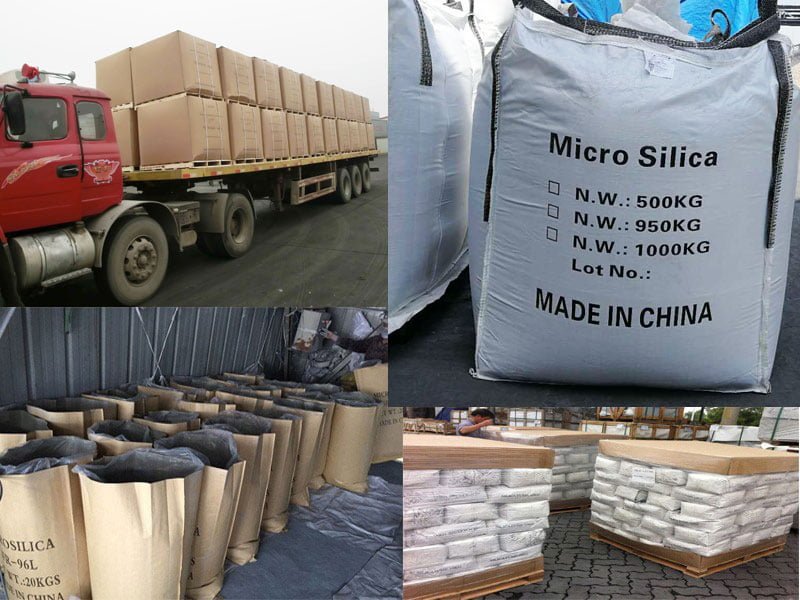Alkali-Silica Reaction (ASR) is a deleterious reaction that occurs between the alkaline cement paste and reactive forms of silica present in some aggregates, leading to the formation of an expansive gel that can cause cracking and deterioration of concrete structures. Silica fume, a byproduct of the smelting process in the silicon and ferrosilicon industry, has been widely used as a supplementary cementitious material (SCM) to mitigate ASR in concrete.
Silica Fume as a Mitigation Tool
The use of silica fume in concrete can mitigate ASR through several mechanisms:
- Pozzolanic reaction: Silica fume is a highly reactive pozzolanic material that reacts with calcium hydroxide (CH) released during cement hydration, forming additional calcium silicate hydrate (C-S-H) gel. This process consumes CH and reduces the alkalinity of the concrete pore solution, which is one of the primary factors contributing to ASR.
- Refining the pore structure: The addition of silica fume leads to a more refined and discontinuous pore structure in the concrete matrix. This denser microstructure reduces the permeability of the concrete, limiting the movement of alkali ions and moisture, which are necessary for the ASR to progress.
- Binding alkalis: Silica fume can bind and immobilize alkali ions present in the concrete pore solution, reducing their availability to participate in the ASR.
- Increasing concrete strength: The incorporation of silica fume typically enhances the compressive strength and durability of concrete, making it more resistant to the expansive forces generated by the ASR gel.
To effectively mitigate ASR using silica fume, it is recommended to replace a portion of the cement content (typically 5-10% by weight) with silica fume. However, the optimal dosage can vary depending on the reactivity of the aggregates, the alkali content of the cement, and other mix design factors.
Additional Mitigation Measures
It is important to note that while silica fume is an effective mitigation strategy for ASR, it should be used in conjunction with other preventive measures, such as using non-reactive aggregates or low-alkali cement, controlling the concrete mixture’s alkali content, and ensuring proper curing practices.
- Low-alkali cement: Using cement with lower alkali content can help reduce the driving force for ASR.
- Reactive aggregate assessment: Careful evaluation of aggregates for their potential reactivity is essential.
- Water-cement ratio: Lower water-cement ratios can help minimize the porosity of concrete and reduce ASR susceptibility.
- Admixtures: Certain admixtures, such as lithium-based products, can also help mitigate ASR.
By combining silica fume with these additional measures, it’s possible to significantly reduce the risk of ASR-related damage and ensure the long-term durability of concrete structures.




